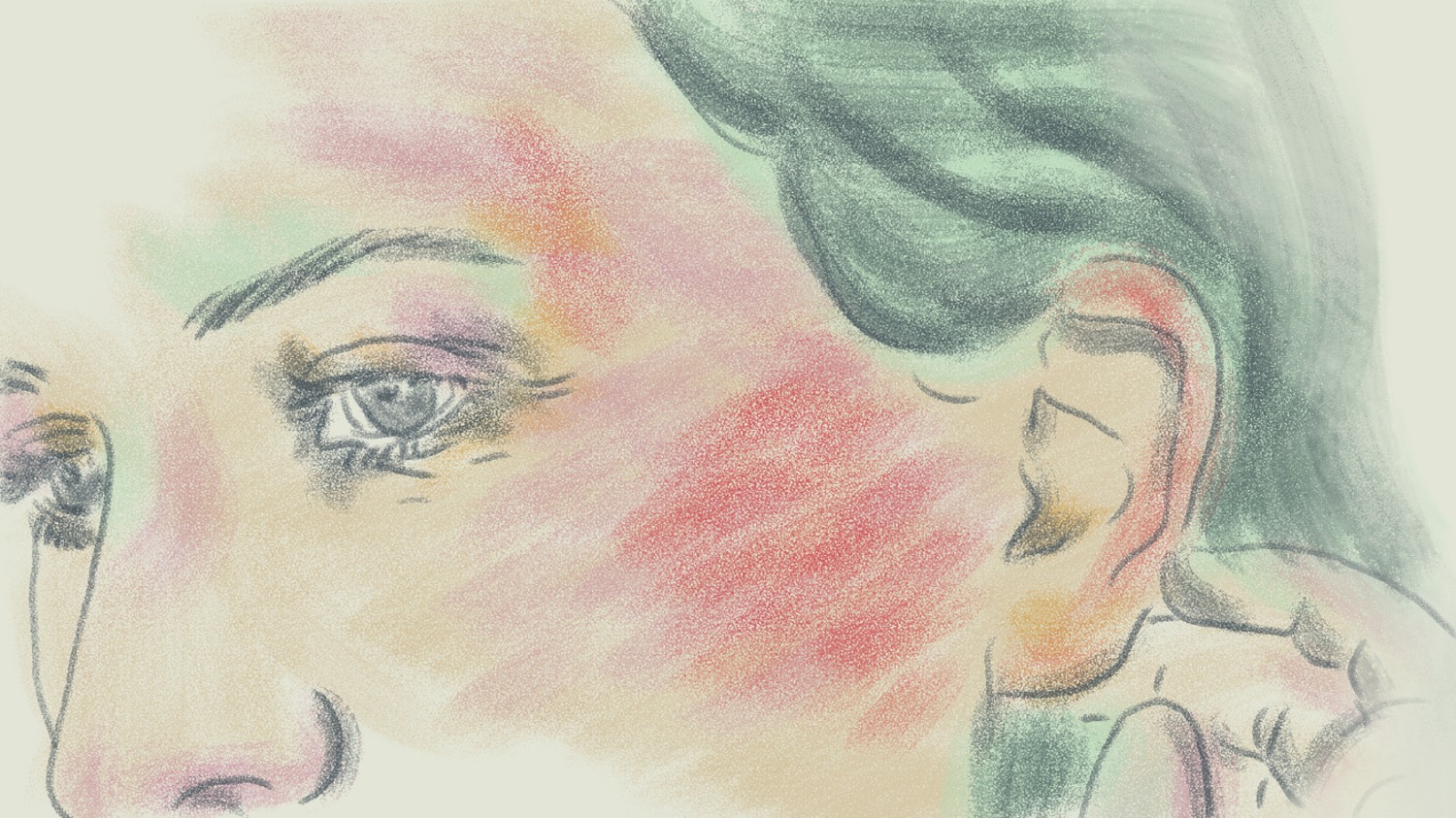
„Black & White“ – How we chose the clips
Krankenpflegerinnen und Nazis, Versuchung und Syphilis: Der experimentelle Kurzfilm „Black & White“ geht einer urbanen Legende in einer tschechischen Kleinstadt während des zweiten Weltkriegs nach. Generationenübergreifend rekonstruieren die Erzähler:innen den Mythos einer umstrittenen Heldin des Widerstands. Regisseurin Eluned Zoë Aiano erzählt, wie sie das verwendete Filmmaterial gefunden haben:
,,We tell the story at the core of our film through a combination of interviews, animation and clips from throughout the history of cinema. The aim of this last element was to explore the tropes at the heart of our urban legend about a vengeful nurse from World War Two – why do we still tell this particular story when so many other stories about women’s deeds are ignored, even when there is more concrete evidence to support them? With this in mind, we wanted to tap into the collective imagination through pop culture references, imagining our mystery woman as a kind of composite of all the similar stories we’ve heard before.
The first step was to break the story down into its constituent parts then seek out examples of films that included them, such as nurses (sexy and/or ruthless), rape-revenge narratives, women in the resistance, femmes fatales, honey trap espionage, people driven mad by syphilis, etc. Some of the references came directly from our interviewees, who we asked for their input to gain a better insight into how they envisioned the woman and her story.When we asked them, almost every single protagonist said they would cast the Czech actress Anna Geislerová, and someone specifically recommended her film Želary, which fit perfectly – Geislerová is a nurse in the resistance during WWII who is forced to move to the countryside and marry a man she’s never met before, and almost gets raped during the process.
Another name that came up again and again was Lida Baarová, a Czech actress who was a big star in the 1930s who ended up moving to Germany and becoming Goebbels’ mistress, after which she was shunned as a traitor. We chose to use her 1937 film Panenství (Virginity), a story of a young woman forced to sell her body for the sake of the man she loves. One of the other Czech films we included was the infamous Ecstasy (1993) by Gustav Machatý, which is known for showing one of the first on-screen representations of the female orgasm. It also stars Hedy Lamarr, who was a self-taught inventor in her spare time and worked on anti-signal jamming technologies for torpedoes during WWII.
It was important to us to include Czech films since this is a Czech story, but we also wanted to use international references so that everyone could recognise something (and in any case, each clip should be understandable on its own without knowing the context). The selection is very Euro-Hollywood centric, which is partly a reflection of our cultural backgrounds and partly due to the logistics of the rights clearance protest. All of the actresses we cite are white simply because we couldn’t find any relevant references relating to women of colour, which is sadly indicative of the extremely limited representation we hoped to flag up – white women have been misremembered, but women of colour often haven’t been remembered at all.
Finally, a quick word on the films that didn’t make it in. In an ideal world with an unlimited budget, it would have been great to include some examples of Soviet cinema, which has a much richer history of depicting women in war than the West. We were also heartbroken not to be able to use several Italian gems, most obviously Rosellini’s canonical Rome, Open City (1945), but also Sophia Loren in the devastating La Ciociara (1960), Ettore Scola’s gloriously melodramatic Passione d’amore (1981) and the original and best exploding bra from La Decima vittima (1965). Last but not least, we would love to have paid homage to the woman who was the embodiment of the female revolutionary to a generation of Brits – Michelle of the Resistance from Allo Allo, the TV series that took cliches, tropes and stereotypes to a whole new level.“
Eluned Zoë Aiano
